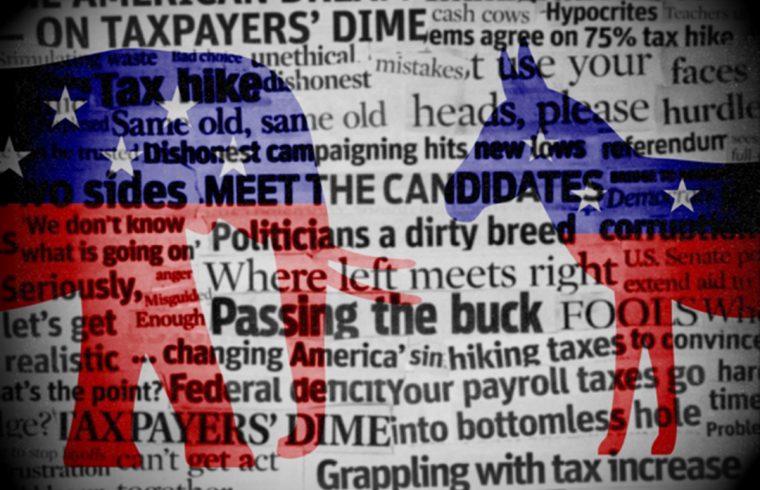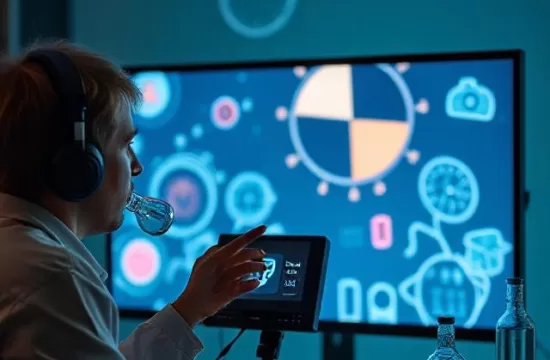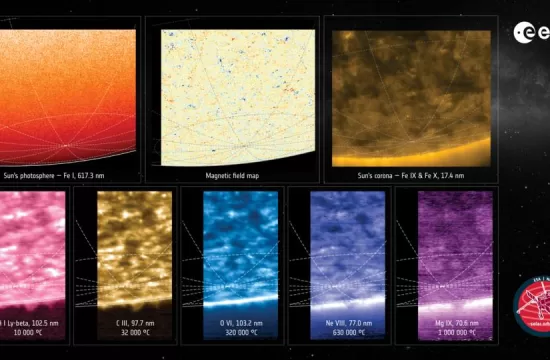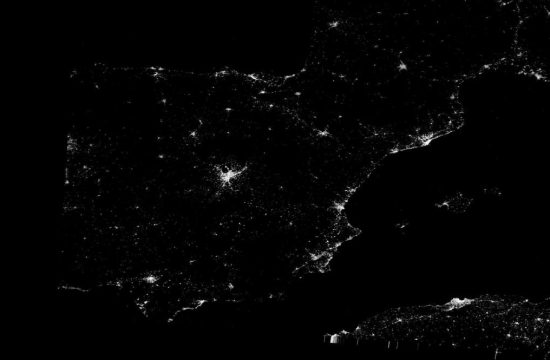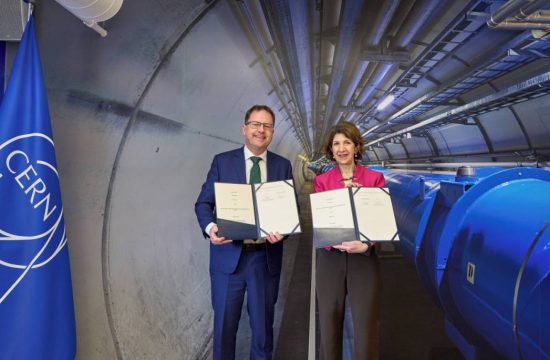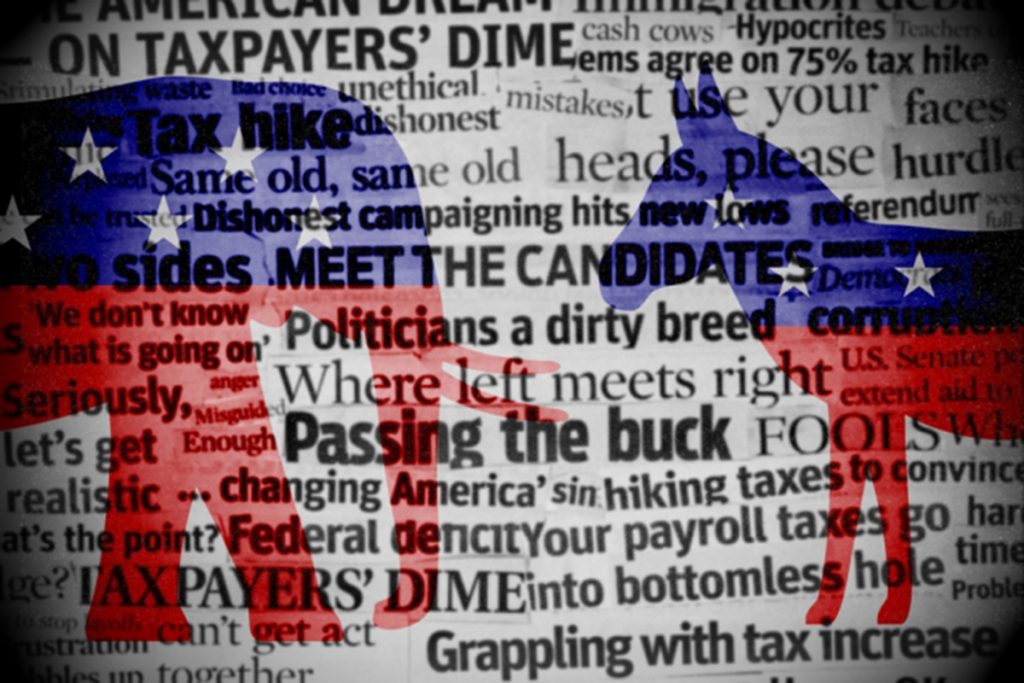
It’s a classic question in contemporary politics: Does partisan news media coverage shape people’s ideologies? Or do people decide to consume political media that is already aligned with their beliefs?
A new study led by MIT political scientists tackles this issue head-on and arrives at a nuanced conclusion: While partisan media does indeed have “a strong persuasive impact” on political attitudes, as the researchers write in a newly published paper, news media exposure has a bigger impact on people without strongly held preferences for partisan media than it does for people who seek out partisan media outlets.
In short, certain kinds of political media affect a cross-section of viewers in varying manners, and to varying degrees — so while the influence of partisan news is real, it also has its limits.
“Different populations are going to respond to partisan media in different ways,” says Adam Berinsky, the Mitsui Professor of Political Science and director of the Political Experiments Research Lab (PERL) at MIT, and a co-author of the study.
“Political persuasion is hard,” Berinsky adds. “If it were easy, the world would already look a lot different.”
The paper, “Persuading the Enemy: Estimating the Persuasive Effects of Partisan Media with the Preference-Incorporating Choice and Assignment Design,” is now available in advance online form from the American Political Science Review.
In addition to Berinsky, the authors are Justin de Benedictis-Kessner PhD ’17, an assistant professor of political science at Boston University; Mathew A. Baum, a professor at the Harvard Kennedy School; and Teppei Yamamoto, an associate professor in MIT’s Department of Political Science.
Breaking down the problem
A substantial political science literature has debated the question of media influence; some scholars have contended that partisan media significantly shapes public opinion, but others have argued that “selective exposure,” in which people watch what they already agree with, is predominant.
“It’s a really tricky problem,” Berinsky says. “How do you disentangle these things?”
The new research aims to do that, in part, by disaggregating the viewing public. The study consists of a series of experiments and surveys analyzing the responses of smaller subgroups, which were divided according to media consumption preferences, ideology, and more.
That allows the researchers to tease apart the cause-and-effect issues surrounding media consumption by looking more specifically at the impact of media on people with different ideologies and different levels of willingness to view media. The researchers call this approach the Preference-Incorporating Choice and Assignment design, or PICA.
For instance, one experiment within the study gave participants the option of reading web posts from either the conservative Fox News channel; MSNBC, which has several shows leaning in a significantly more liberal-left direction; or the Food Network. Other participants were assigned to watch one of the three.
By examining viewer responses to the content, the scholars found that people who elected to read materials from partisan news channels were less influenced by the content. By contrast, participants who gravitated to the Food Network but were assigned to watch cable news, were more influenced by the content.
How big is the effect? Quantitatively, the researchers found, a single exposure to partisan media can change the views of relatively nonpolitical citizens by an amount equal to one-third of the average ideological gap that exists between partisans on the right and left sides of the political spectrum.
Thus, the influence of cable news depends on who it is reaching. “People do respond differently based on their preferences,” Berinsky says.
And while the impact of partisan cable news on people who elect to watch it is smaller, it does exist, the researchers found. For instance, in another of the study’s experiments, the researchers tested cable news’ effects on viewers’ beliefs about marijuana legislation. Even among regular cable-news viewers, partisan content influenced people’s views.
Overall, Yamamoto states, the PICA method is novel because it “allows us to make inferences about what is never [otherwise] directly observable,” that is, the impact of partisan media on people who would normally choose not to consume it.
“Most people just don’t want news”
To put the findings in the context of daily news viewership in the U.S., consider the recent congressional hearings in which special counsel Robert Mueller testified about his presidential investigation. Fox News led the cable ratings with an average of 3 million viewers during most of the day, while MSNBC had an average of 2.4 million viewers. Overall, 13 million people watched. But the Super Bowl, for example, regularly pulls in around 100 million viewers.
“Most people just don’t want to be exposed to political news,” Berinsky notes. “These are not bad people or bad citizens. In theory, a democracy is working well when you can ignore politics.”
One implication of the larger lack of interest in politics, consequently, is that any audience gains that partisan media outlets experience can produce relatively greater influence — since that growth would apply to formerly irregular consumers of news, who may be more easily influenced. Again, though, such audience gains are likely to be limited, due to the reluctance of most Americans to consume partisan media.
“We only learned those people are persuadable because we made them watch the news,” Berinsky says.
The study was supported by a National Science Foundation grant and the Political Experiments Research Lab at MIT; Berinsky’s contribution was partly supported by a Joan Shorenstein Fellowship.

